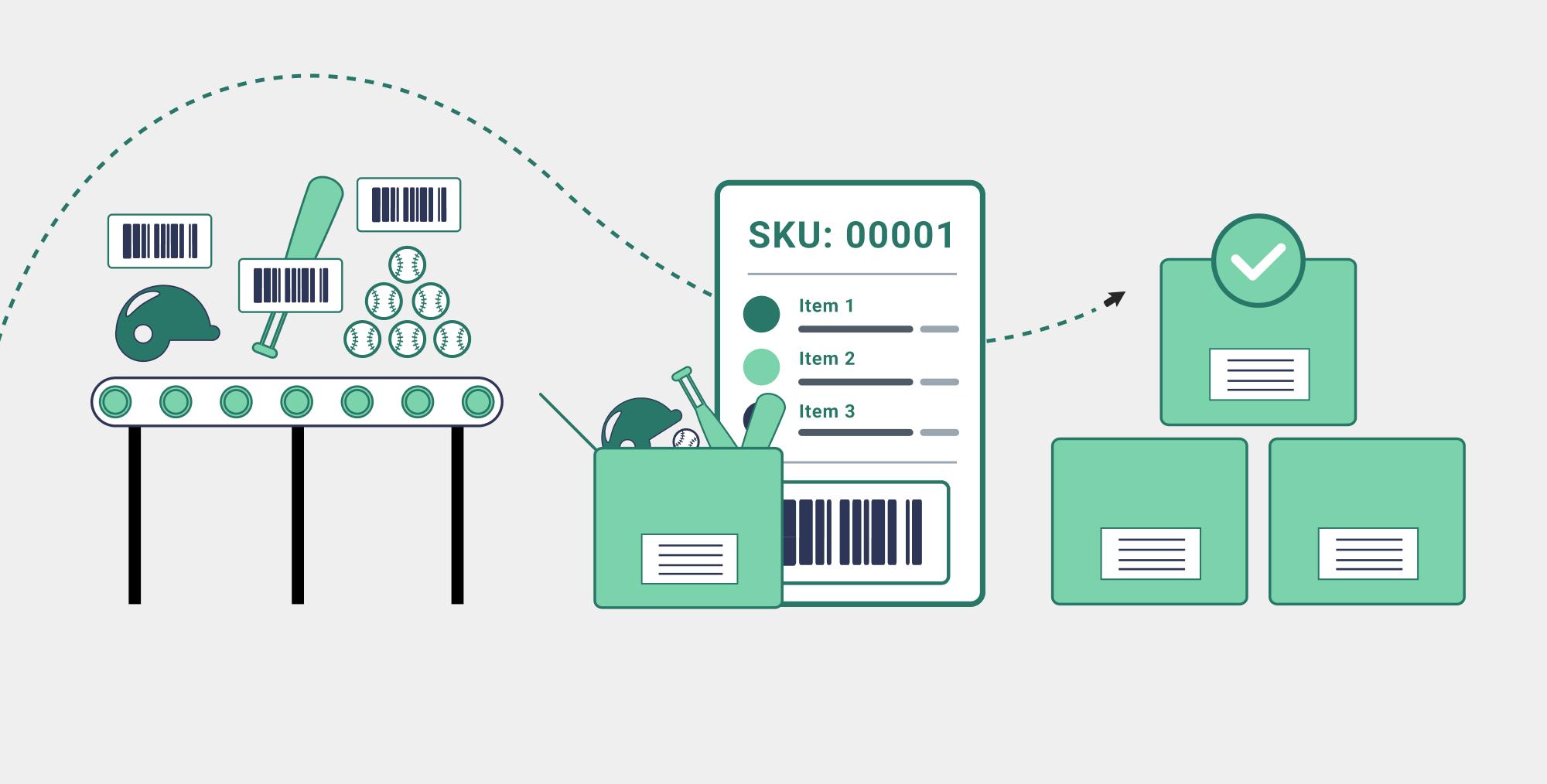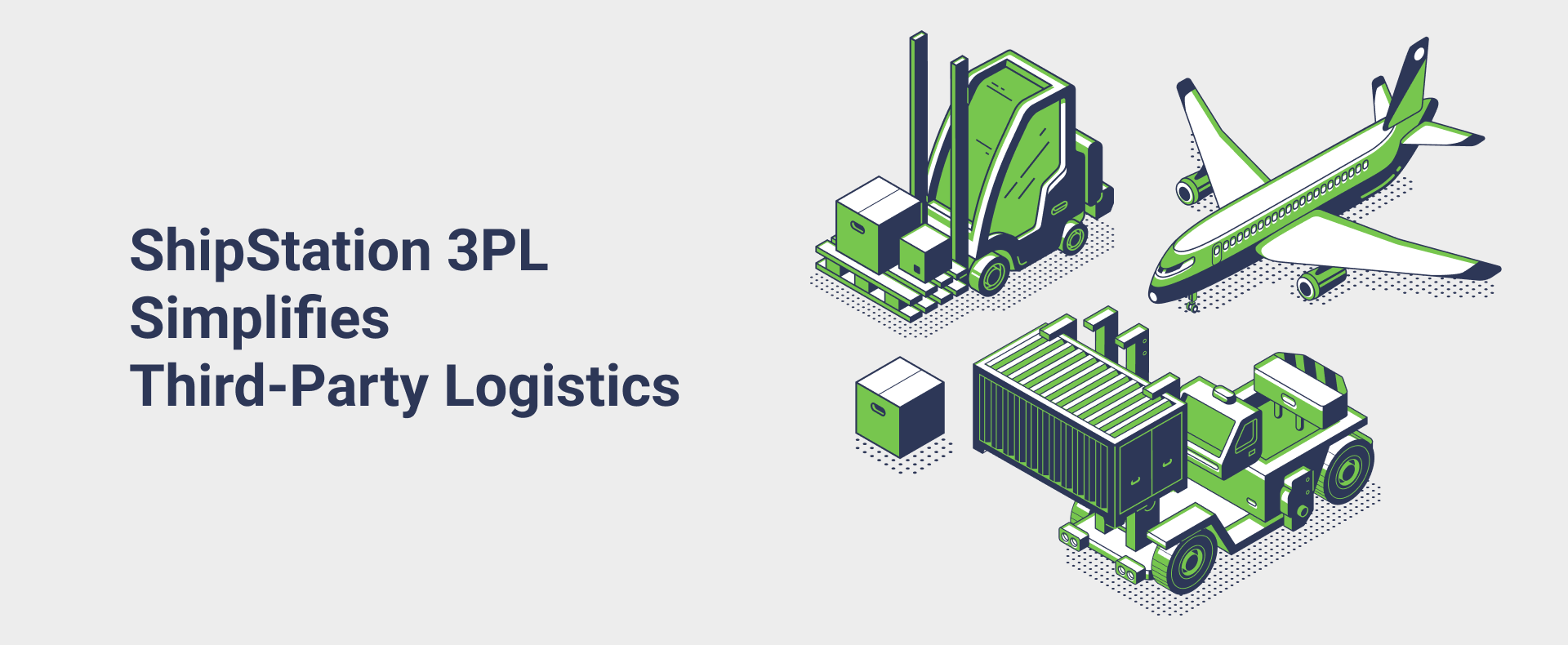Exceptional Customer Experience: Shipping and Returns
The days of charging for shipping and returns is coming to an end. Customers expect to have the ability to buy and return their purchases without the added cost of shipping. The ecommerce experts at ShipStation explain why adding this perk to your pricing strategy is a good move for online retailers.
Two themes present themselves when ecommerce retailers discuss offering shipping and return policies: sustainability and cost. ShipStation explains why both elements should be a focus for 2022 and beyond, and how focusing on them together can build success in the long-term.
Cost-effective: Free Shipping and Returns
Prior to a few years ago, free shipping and returns were only reserved for ecommerce giants. With the rapid increase in online shopping since the beginning of the COVID-19 pandemic, and marketplaces influencing behaviour by prioritising listings with free shopping, customers have responded by clamouring for free shipping and returns.
You may ask yourself how providing these two services for free could be anything but detrimental to your bottom line – but hear us out.
Free shipping is one of the most alluring perks for customers shopping online, though opinions in the ecommerce industry around it differ greatly. Before jumping straight into offering free shipping and returns, it’s advisable to examine your current offering to ensure changes do not deplete profit margins – or substantially increase the rate of returns.
Free shipping and returns and healthy profit margins are not mutually exclusive. To offer these highly sought-after services whilst providing customers with the exceptional shopping experience they expect from their favourite brands, consider the following:
- A business-wide price increase to ensure free shipping/returns is built into your pricing structure, if you feel customers can stomach such a change
- Offer several tiers of shipping, where customers can choose to pay a premium for next day, same day or dedicated time slots
- Implement technology that makes buying the perfect product more straightforward for customers, thus reducing the rate of returns
Sustainability Seriousness
It’s no secret that online shopping significantly impacts the environment and climate change. According to BBC Earth, stock returned to retailers in the US alone amounts to approximately 5 billion pounds of waste and can be attributed to 15 million metric tonnes of CO2 being released into the environment. For reference, that’s the equivalent of 3 million cars.
As an industry, it’s important everyone from smaller retailers to larger powerhouses take steps in being more sustainable – and the actions we must take need to begin even before customers purchase an item.
Sustainability before purchase
Society has adopted a new shopping culture where the growth of online retail means people try items on far less often in person. This new culture has seen a marked increase in multiple buys of one object in different sizes or colours to try a variety of sizes on or simply to see what fits their lifestyle. Addressing this before the point of purchase provides customers with the peace of mind that they need to only purchase the product they need – without fear of ill-fitting products.
Implementation of technology like augmented reality (AR) can significantly cut down on returns and thus reduce the carbon footprint of your returns process. AR allows customers to ‘try before they buy’, providing them confidence in the product/brand before they buy.
Additionally, fashion retailers can move beyond generic size charts to more precise measurements provided by the customer to ensure an exact fit. Brands like MANGO have gone a step further with their 3D body scans for fitting, enabling customers to see products on their bodies before making a purchase. This ‘try before you buy’ online retailing model reduces returns whilst providing customers with the exciting shopping experience they’d typically only receive while shopping on the high street.
Sustainability and shipping
The environmental cost of shipping is higher than we’d like, so adjusting where possible is an excellent way to reduce your carbon footprint whilst showing customers that it’s important to your brand. Here are a few ways for your brand to help reduce your shipping process’s impact on climate change:
- More environmentally-friendly packaging, specifically less plastic. Using recycled cardboard that is proportionate to the product is a must.
- Source packaging that can be re-used for composting
- Purchase carbon offsets – use verifiable accredited projects that aren’t simply greenwashing to offset your business’s carbon emissions
- Improve the returns process to include:
- Recycling
- Repairs
- Repackaging for resale
- Use software like ShipStation’s that implements artificial intelligence to ensure the shortest, most fuel-efficient routes
- Invest in electric delivery vehicles
- Use technology like ShipStation’s Ship from Store model to reduce delivery routes or opt for local fulfilment models
Offering free shipping and returns doesn’t have to break the bank. It can be achieved with smart pricing structures, better technology in the buying process and a more climate-friendly approach to returns. Implementing them as part of your customer journey will build brand loyalty and, at the same time, increase revenue over time from repeat buyers.
Contact ShipStation today to learn how we help our customers deliver the best customer experience by building efficient order fulfilment and delivery operations.





